Book Signing with M. Morgan Warren
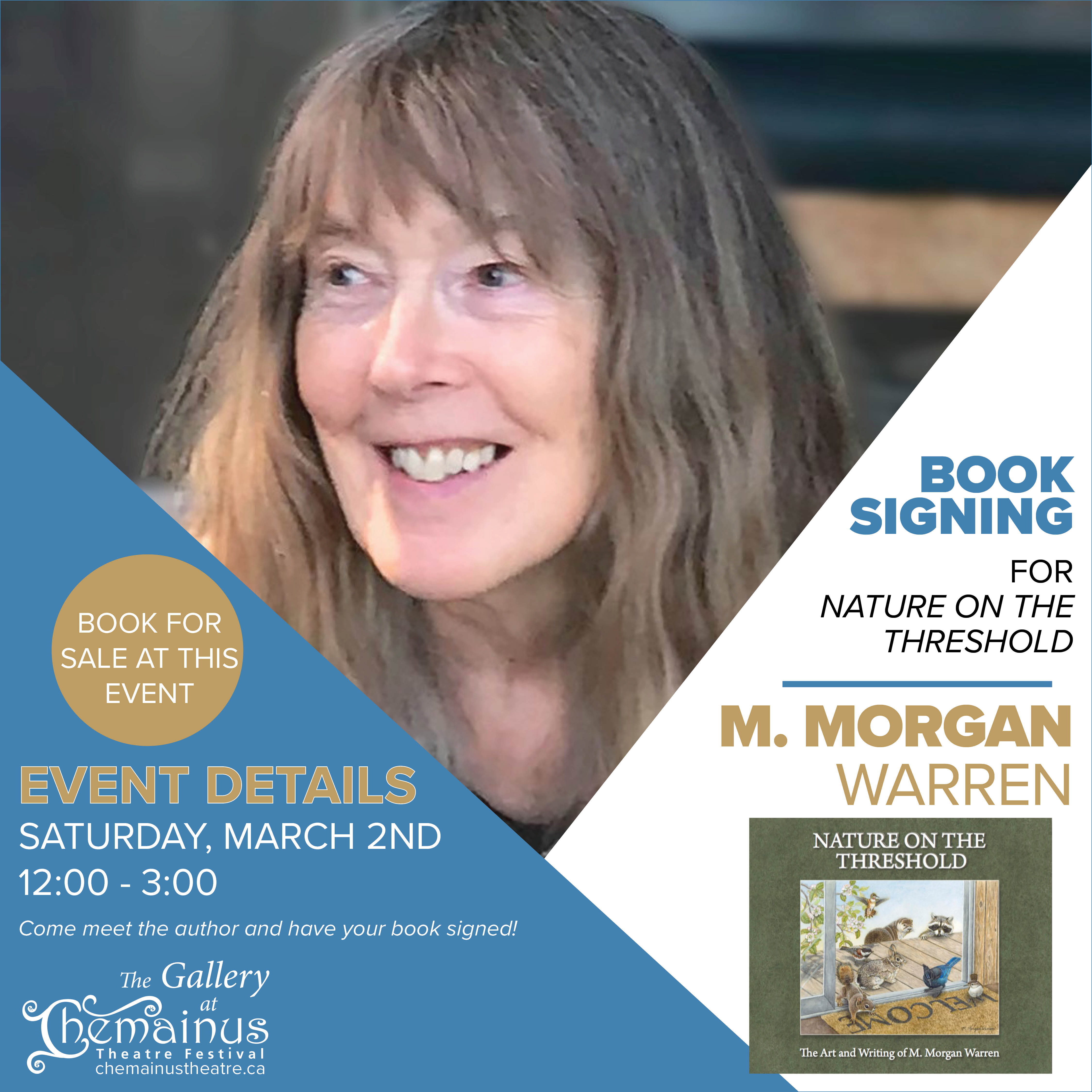
Originally from Great Britain, M. Morgan Warren now lives and maintains a working Studio at Canoe Cove Marina, North Saanich, B.C. Through her highly detailed, realistic watercolours of birds and animals, she strives to give viewers of her work a special glimpse into the hidden lives of her subjects. During the past thirty-two years she has made an in-depth study of the fauna and flora of this region, recording her observations in hundreds of photographs, studies, and notes.
Morgan’s paintings and reproductions can be found in many private collections all over the world, including those of Her Majesty, Queen Elizabeth II, and HRH Prince Philip, Duke of Edinburgh. In 1996 she was the special guest of the DeYoung Museum of Fine Arts in San Francisco, where she demonstrated the techniques of John James Audubon for visitors to the national Audubon Birds of America Exhibition. Save the Children Fund Christmas cards, the international Sierra Club Foundation Annual Report, and Ducks Unlimited, among others, have featured her work. Rogers Chocolates recently chose six of her images to be included in their special Canadian Art Collection. As well as Morgan’s own Studio, her work can currently be found in a number of locations, including Victoria’s Murchies Tea and Coffee, and the world-famous Butchart Gardens.
“Nature on the Threshold” is Morgan’s second book. A published poet with a degree in English Literature and Creative Writing and one successful book, “Through Their Eyes and Mine”, already to her credit, Morgan has eloquently portrayed in words and watercolours the creatures and plants of the area where she lives. It is her wish that this book will enhance an awareness and appreciation of the beauties of our imperilled Natural World.

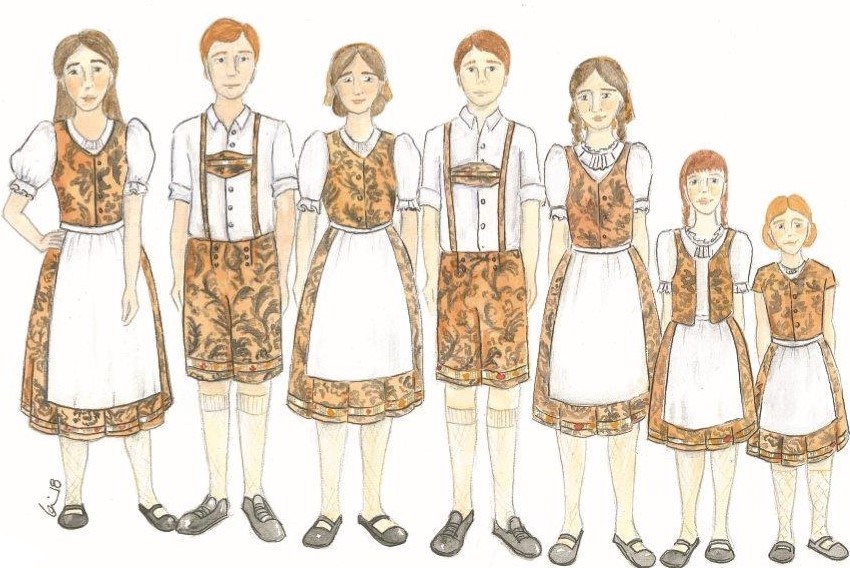
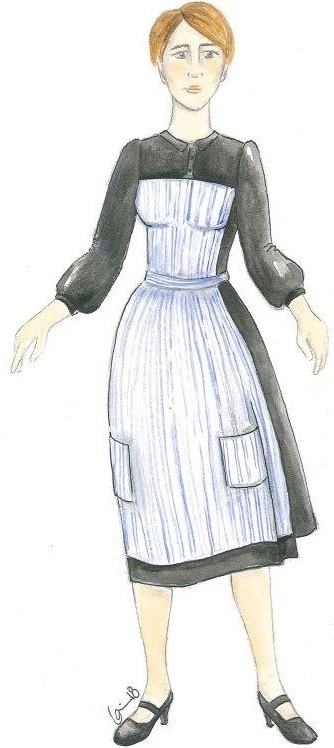
 What research goes into designing costumes?
What research goes into designing costumes? 


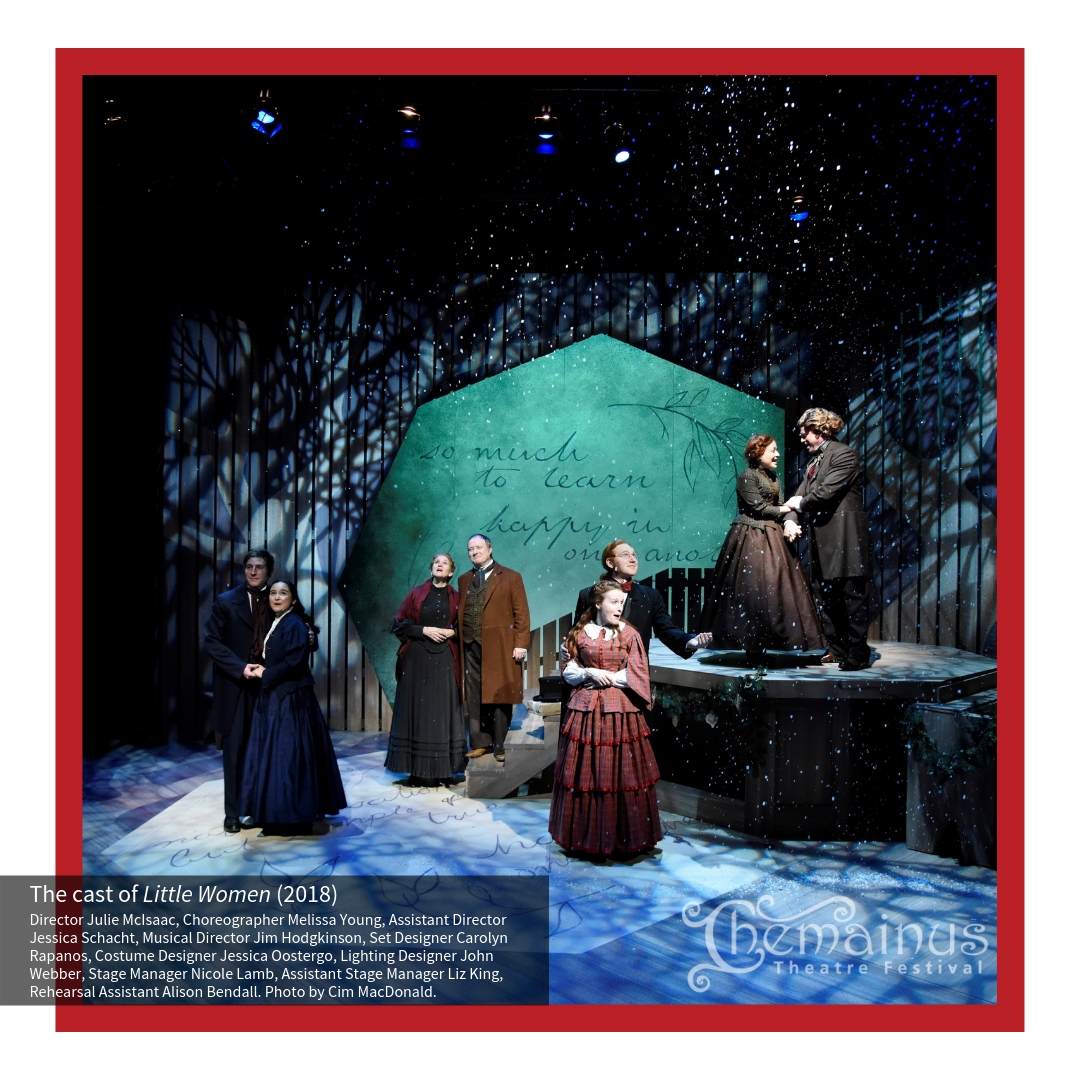
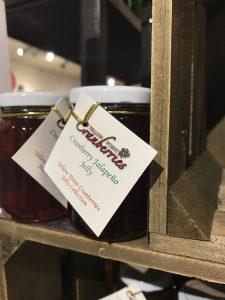 The Gallery Gift Shop at Chemainus Theatre Festival is one of the best shopping experiences around. This special place is known by visitors and locals as a wonderful spot to find quality artwork, gifts and more. Whether you are perusing during intermission, or shopping the wonderful boutiques of Chemainus, it is easy to find a special treasure.
The Gallery Gift Shop at Chemainus Theatre Festival is one of the best shopping experiences around. This special place is known by visitors and locals as a wonderful spot to find quality artwork, gifts and more. Whether you are perusing during intermission, or shopping the wonderful boutiques of Chemainus, it is easy to find a special treasure.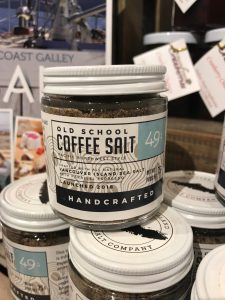 In particular, Yellow Point Cranberries resides just north of Chemainus – beyond the delicious, classic cranberry sauce, there are jellies, mustard, and chutney. These make a great addition to any table the next time you are entertaining.
In particular, Yellow Point Cranberries resides just north of Chemainus – beyond the delicious, classic cranberry sauce, there are jellies, mustard, and chutney. These make a great addition to any table the next time you are entertaining.
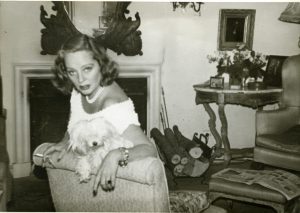
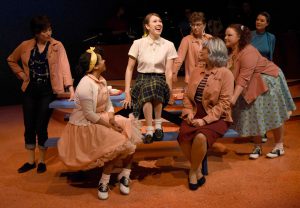 “Grease is the word and it is now our all-time best selling production…This is the first time we’ve sold out an entire production run – remarkable considering it’s nearly three month’s long. This likely places us in a small group of North American theatres that have experienced a complete sell-out over a continuous run of this length – 98 performances,” says Randal Huber, Chemainus Theatre’s Managing Director.
“Grease is the word and it is now our all-time best selling production…This is the first time we’ve sold out an entire production run – remarkable considering it’s nearly three month’s long. This likely places us in a small group of North American theatres that have experienced a complete sell-out over a continuous run of this length – 98 performances,” says Randal Huber, Chemainus Theatre’s Managing Director.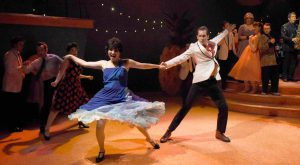 Congratulations to the hard-working cast and creative team of Grease for putting on such a successful and fantastic show! Time and time again we have heard compliments about the set, costumes and how incredible every cast member was in their performance.
Congratulations to the hard-working cast and creative team of Grease for putting on such a successful and fantastic show! Time and time again we have heard compliments about the set, costumes and how incredible every cast member was in their performance. If you’ve watched the hit ABC TV show Once Upon A Time, you will already be well familiar with the multi-talented leading lady of our upcoming Glorious.
If you’ve watched the hit ABC TV show Once Upon A Time, you will already be well familiar with the multi-talented leading lady of our upcoming Glorious.  Beverly is a recording artist with music CD’s of her own, and performs her music at concert festivals. Her comedic bent is along the lines of comedy legend Carol Burnett and she has performed in a wide variety of roles on the stages of theatres across Canada. Her warmth and charisma, it can be said, is her trademark, and we are excited to see how that will inform her portrayal of Florence Foster Jenkins.
Beverly is a recording artist with music CD’s of her own, and performs her music at concert festivals. Her comedic bent is along the lines of comedy legend Carol Burnett and she has performed in a wide variety of roles on the stages of theatres across Canada. Her warmth and charisma, it can be said, is her trademark, and we are excited to see how that will inform her portrayal of Florence Foster Jenkins. Chemainus Theatre is a constantly changing space. The stage changes, of course, to take us to different places and times through the magic of the sets, costumes, and stories. This year it has been a pub in Dublin, an historic recording studio, a convenience store in Toronto, and now a high school. The menu in the Playbill Dining Room evolves to reflect the current production and the seasonal foods sourced from farms on Vancouver Island. The walls throughout the theatre, gift shop, and lobbies are constantly changing as well. During every show, there is a new art exhibit creating a novel experience for patrons as they wander the lobby during intermission.
Chemainus Theatre is a constantly changing space. The stage changes, of course, to take us to different places and times through the magic of the sets, costumes, and stories. This year it has been a pub in Dublin, an historic recording studio, a convenience store in Toronto, and now a high school. The menu in the Playbill Dining Room evolves to reflect the current production and the seasonal foods sourced from farms on Vancouver Island. The walls throughout the theatre, gift shop, and lobbies are constantly changing as well. During every show, there is a new art exhibit creating a novel experience for patrons as they wander the lobby during intermission.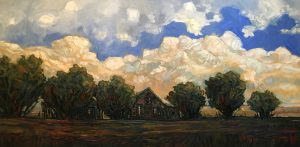
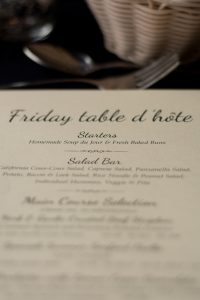 In 2018 Chemainus Theatre Festival executive chef Nick
In 2018 Chemainus Theatre Festival executive chef Nick  Caulford introduced a new dining experience to patrons of the Playbill Dining Room, Table d’Hotê. Still offering the traditional buffet experience with a salad bar and dessert buffet (including a chocolate fountain) the main course is a choice of four options for a plated dinner.
Caulford introduced a new dining experience to patrons of the Playbill Dining Room, Table d’Hotê. Still offering the traditional buffet experience with a salad bar and dessert buffet (including a chocolate fountain) the main course is a choice of four options for a plated dinner.


